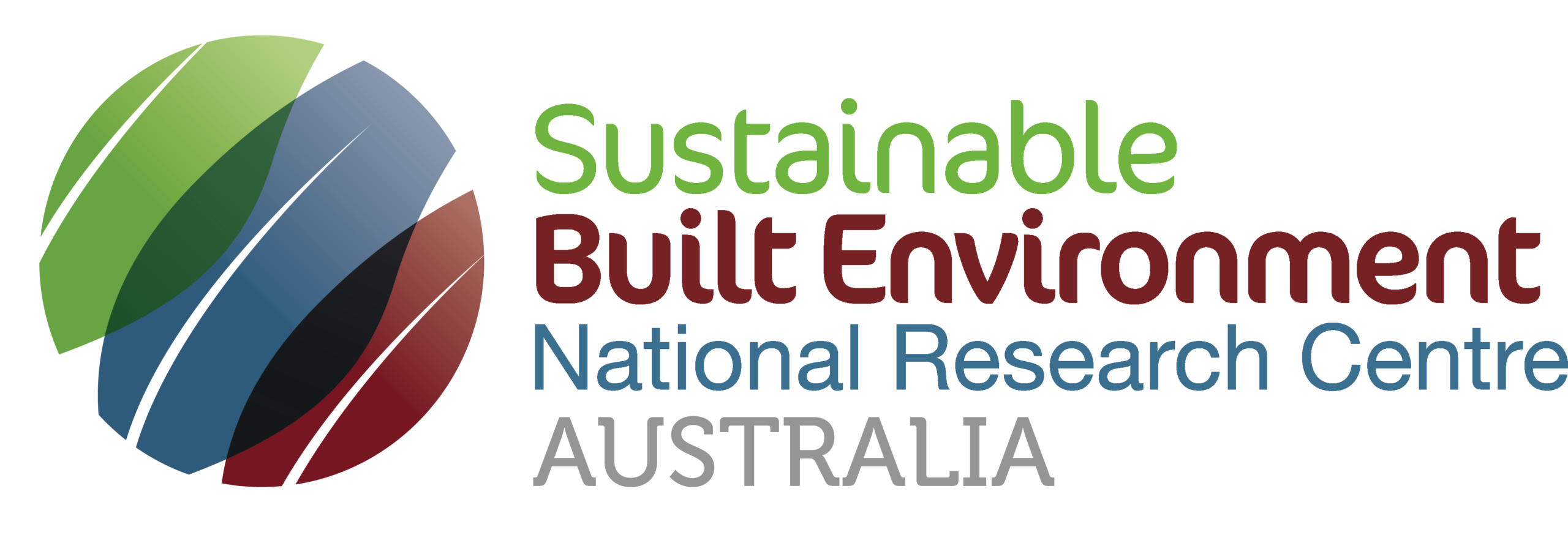SBEnrc News | April 2022The first quarter of 2022 has been filled with far more optimism than the same period twelve months ago. With the rollout of COVID-19 vaccines, businesses benefitting from pivots and repositioning, reactivating business and social gatherings, and recommencing domestic and international travel in many parts of the world – this year feels more hopeful and energised. SBEnrc has also been working on being present and relevant in our new world context. We are optimistic about the future. Feature project: Harnessing onsite renewable energy in commercial precincts While the residential sector has seen strong uptake of rooftop solar – largely thanks to government rebate programs – implementation has been slower on commercial and industrial buildings. This has, in part, been due to network operators seeing the high levels of off-grid generation as a risk to their business. The results of a SBEnrc Curtin-led project with Perth Airport project suggest that, rather than rooftop solar on commercial buildings being a threat, it could be the basis for new opportunities if properly managed. Rooftop solar is also a chance for the property sector to provide a clean, affordable and flexible energy supply option that is likely to retain existing premium tenants, attract new ones, and support land Key findings from the research suggest that industry precincts and other embedded networks should focus on network optimisation rather than fixate on energy retail. Reframing the emphasis to create new governance and customer engagement models, build business structures that encourage tenants to contribute to precinct-scale storage, and design tariffs to reflect the network impact of energy use and generation, will open up a new world of possibilities for network operators. For more details see the full report. CIB World Building Congress – Melbourne 27-30 June The next CIB World Building Congress (CIB WBC2022) is just 3 months away and organising activities are in full swing under the stewardship of Prof Ron Wakefield from RMIT, SBEnrc’s lead Victorian research partner. Focussed on how the built environment might respond to global challenges we presently face, the aim of WBC2022 is to inform WBC2022 has attracted almost 450 papers and an impressive line-up of international speakers. For more details, visit the congress website. Vision for the futureAs we reinforce our Centre’s ongoing relevance in a world changed by COVID-19, our Governing Board comprising leading industry, government and research organisations across Australia has resolved to continue to build our future throughout the next triennium and beyond. To this end, we are pleased to share the SBEnrc strategic plan for 2020-24. The Centre is well-positioned to address the ongoing challenges and opportunities We have a long history of leveraging our core research through broader programs. Work like our Asset intelligence project, and our ARC-funded collaboration with Griffith University to develop a more effective building integrity system to rebuild trust in residential building We believe that our industry research initiatives will have much broader reach and more impact by addressing industry challenges through leveraging partnerships and national and international funding schemes. The previous round of the Centre’s six core projects (Social and Affordable Housing, Delivering Transit Activated Corridors, End Markets for C&D Waste, Information Lifecycle Management, Sustainable Procurement and Road Freight and Network Efficiency) ended on 30 September 2021, with all projects finishing on time, on budget and as per agreed objectives and milestones. Final Industry Reports, YouTube videos and Research Reports are on the respective project webpages. Six fresh projects have commenced on 01 October 2021. The new projects were developed through a series of workshops across the Centre’s industry, government and research partners and industry more generally. The new projects align with the Centre’s research themes and address real business challenges for our partners. More information can be found on the projects’ webpages (Developing a Social and Affordable Housing Investment Tool, Net Zero Corridors, Enhancing Use of Recycled Content, Digitally Asset Life-cycle Management, Sustainable and Resilient Supply Chains and FreightSync Proof of Concept). SBEnrc has embraced a strategic focus on green hydrogen for remote built environment applications and green hydrogen for transport with the goal to reduce carbon emissions, promoting the use of hydrogen from renewables. SBEnrc has consulted with core partners with interest in the transport and energy sectors: Main Roads WA, BGC Australia and ATCO Australia to submit a collaborative project to the new Future Energy Exports (FEnEx) CRC. The partners An industry publication titled Good Practice Guide (GPG) Digital Facility and Asset Management, is a jointly badged guide produced through the collaboration between SBEnrc and the Facility Management Association of Australia (FMA). The scope of this guide is focused on providing practical know-how to facilities managers in digital asset Recycling construction waste requires building more recycling facilities using state of art technologies, careful planning and design, and risk management. Australia is in a position to harness these technologies. A careful selection of sites is important to disperse such facilities geographically appropriately. Regional areas present sites which may be suitable for developing recycling facilities and also able to draw substantial economic benefit from the building and operation of such facilities. However, facility proposals can meet resistance from local public with concerns about noise, dust, traffic, water and chemicals. These concerns can be managed with minimal risks New SBEnrc Chief Operating Officer (COO)The Centre has welcomed its newly appointed Chief Operating Officer (COO), Ammar Shemery.  We want your research ideas!We are currently working with our networks to identify and develop themes for the next round of research projects to commence early 2023. If you have a ‘wicked’ problem that could form the basis of our future research projects, we want to hear from you. Contact CEO, Keith Hampson to talk about your industry challenge. Dr Keith Hampson, Chief Executive Officer Our challenge is to continue growing the value and impact of our applied research more deeply and broadly across Australia. Australia’s Sustainable Built Environment National Research Centre (SBEnrc) is acknowledged as an excellent example of a CRC that has graduated into an independent organisation delivering unique industry, government and research collaboration.   |

Resources
Industry Research
Western Australia (Head Office)
Sustainable Built Environment National Research Centre (SBEnrc)
Humanities Building 209 – Curtin University,
Bentley WA 6102
Queensland
The University of Queensland,
St Lucia, Brisbane
QLD 4072
New South Wales
Western Sydney University
Kingswood Campus
Penrith, Western Sydney
NSW 2751
Victoria
RMIT University
124 La Trobe St
Melbourne VIC 3000

















